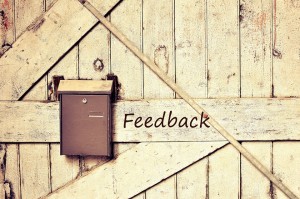As the Co-Founder, Partner and Director of Strategy and Research of Oishii Creative, Kate Canada Obregon has been with the company from the beginning, since co-founding it with her business partner, and now husband, Ish Obregon, in 2006. Read on as she offers her insight into what the company’s philosophy, “Think Like a Tourist,” means for her, what inspires her, and what she really does all day.
How do you “Think Like a Tourist” (how do you embody that philosophy for yourself)?
For me, “Thinking Like a Tourist” is not only our company mantra, but truly my experience coming into this industry. I had such an outside background that I feel I’ve been able to bring some fresh perspective and understanding to the world of branding. I originally studied political philosophy and culture at university. The more I studied and researched, the more I began to see the small, but powerful, tools people used in culture, language, and perspective — how culture and institutions in society are in a perpetual conversation.
While working in a basement library archive, researching and examining a replica of the Bayeux Tapestry and William the Conqueror’s attempt to win over his new English subjects after defeating the beloved King Harold in 1066, a friend gave me career advice. “You should try out the field of brands,” she said. I looked at her, and we both had a good laugh. “Why not apply your knowledge to different kinds of problems? You know history and science,” she urged. “You should think about applying your skills and passion to more contemporary problems.” And as I completed my PhD studies, I began meeting with creative agencies doing interesting work in strategy, and I was curious and inspired. Around this time, I met Ish, and we immediately clicked. He wanted to shape “branding” into a standalone and serious discipline for his clients, separate from the function and process of marketing, and I wanted to apply social science to study audiences and culture. I wanted to be a “social” scientist, not just study culture for science.So, luckily for me, I still apply my background and outside approach to the industry, and I get to “Think Like a Tourist” everyday — creating actionable strategy and insights using science and good data for companies and brands committed to understanding what their audiences or clients like, want or value.
What do you do when you’re feeling creatively blocked?
Get outside! Even if it’s just for a short walk, getting yourself moving and exposed to fresh air, sunlight and a new environment can jumpstart your creativity.
What three elements would a perfect day include?
Definitely time with my family, a project that I can sink my research teeth into, and maybe a really good cup of coffee.
What do you do all day?
Today, my days are spent working on the strategy and research side of projects at Oishii. As each client comes in, I study their brand, goals, and needs, and help them figure out where they want to go. It’s been a great fit, because like any academic, I’m obsessed with pursuing good knowledge whatever the project or outcome. In my former academic self, I couldn’t have understood English history using hearsay or bad science, and today, my clients deserve no less. Strategy for me is the ongoing pursuit of what makes companies and brands pleasurable for audiences, and that should always involve history, science and rigor.
Do your family understand what you do all day?
Well, my co-founder, Ish Obregon, is also my husband, so I would hope so!
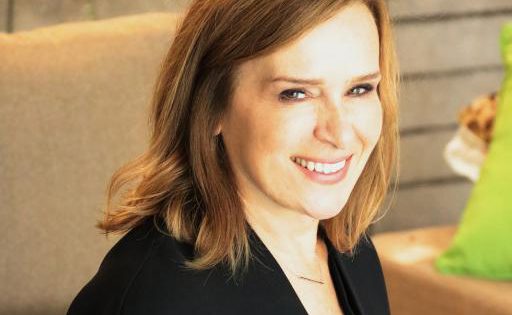
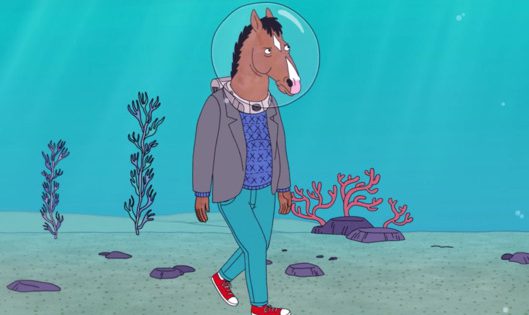




 previously created the
previously created the 
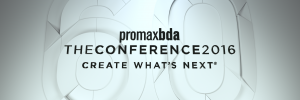 changing the media landscape. As veterans of this industry, it’s something we deal with everyday.
changing the media landscape. As veterans of this industry, it’s something we deal with everyday. 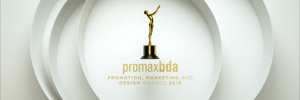 tagline, “Create What’s Next,” we wanted to create a symbolic journey through the different stages of creativity. So, in our fully-CG opener, we embraced the new modes of
tagline, “Create What’s Next,” we wanted to create a symbolic journey through the different stages of creativity. So, in our fully-CG opener, we embraced the new modes of 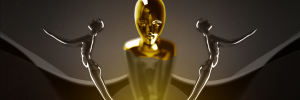 communication and technology, such as social media and virtual reality, while giving a nod to the old plastic arts as seen in architectural and sculptural forms.
communication and technology, such as social media and virtual reality, while giving a nod to the old plastic arts as seen in architectural and sculptural forms.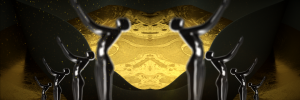
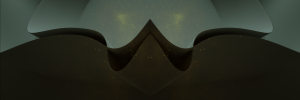 And while there’s a lot of uncertainty in our industry, we wanted our piece to celebrate the optimism of the future. We realized that, ultimately, our success in “what’s next” will be dependent on our ability to find new ways to communicate and connect with others.
And while there’s a lot of uncertainty in our industry, we wanted our piece to celebrate the optimism of the future. We realized that, ultimately, our success in “what’s next” will be dependent on our ability to find new ways to communicate and connect with others. 




